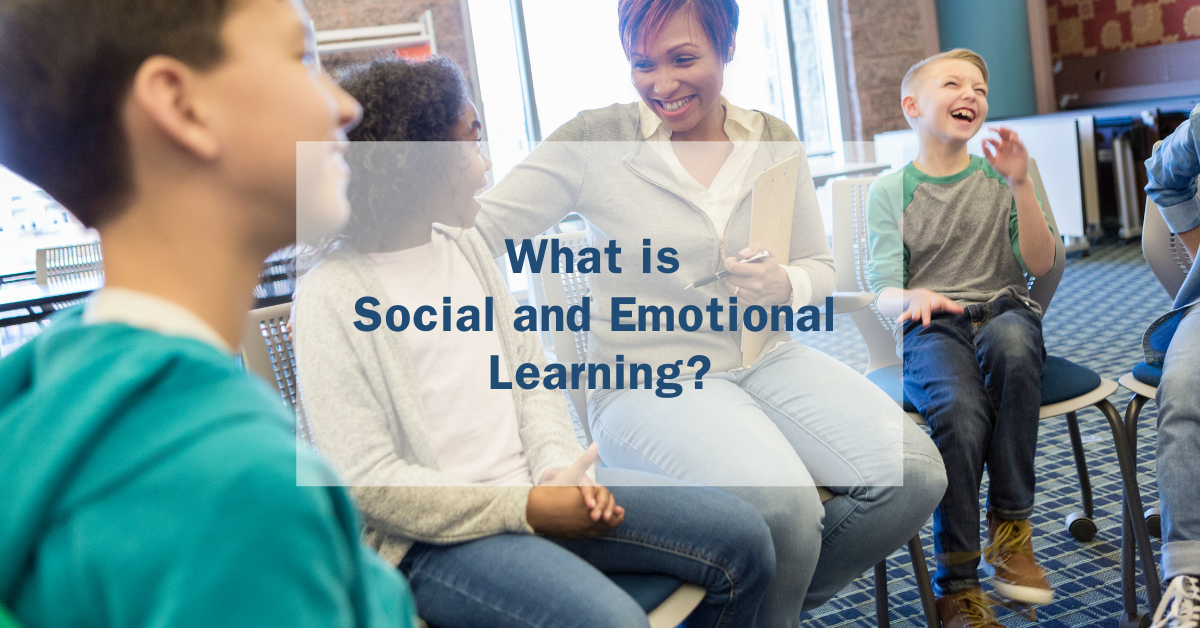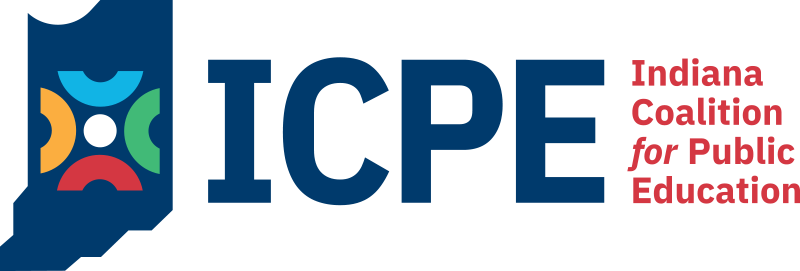What public school advocates need to know about SEL

(With great thanks to our friends at the Indiana School Counselor Association for sharing their expertise)
An old memory emerged as I was writing this blog. I was in second grade in IPS School 52 in Haughville. A girl I considered to be a friend was walking in front of a row of desks – probably to sharpen a pencil or turn in a worksheet. A boy stuck out his feet just before she got to his desk. The girl tripped and fell. The teacher sent her to the nurse’s office to be checked out. Later in the afternoon the teacher commanded the attention of all students in our class. Barbara might have a concussion. My second grade brain had no idea what a concussion was, but it sounded scary. The teacher told us this was a serious matter. And if anyone thought it was funny to deliberately trip anyone, they had better think again. Obviously, the teacher’s words made a big impression.
What did I learn? I learned we should care about our classmates. I learned to consider the consequences of my actions. I learned that our teacher cared about us and who we were as people, not just how well we read stories or solved math problems.
I had no idea at the time, but she was teaching us about emotions and social skills. Yes, social-emotional learning has been going on in schools forever. It’s not new. But it is getting more attention. Here’s what you need to know about the current status:
What is SEL?
SEL refers to social and emotional learning. SEL:
- teaches knowledge, skills and attitudes that help students be successful in school, college, career and life.
- supports healthy relationships and creates supportive learning environments for all students.
What is CASEL and the CASEL 5?
CASEL refers to the Collaborative for Academic, Social, and Emotional Learning. The “CASEL 5” are five broad and interrelated areas of competence (self-awareness, self-management, social awareness, relationship skills, and responsible decision-making).
Does SEL work?
A large research base has demonstrated that SEL improves academic performance, student behaviors, and attitudes about school.
Why has SEL become an issue lately?
SEL has become a target for groups that don’t understand its benefits.
Would it be harmful to eliminate SEL in schools?
Teachers and administrators know students need social and emotional support, especially during and after the isolation and upheaval of a global pandemic. School districts have spent years building a “safety net” of counselors and social workers to support the social and emotional needs of students. Eliminating or downgrading SEL would be a huge step backward.
In addition, eliminating SEL would also be harmful for Indiana employers who value the importance hiring employees who have mastered the “soft skills” of communications, teamwork and respect for others. Indiana legislative and education policy leaders are building these soft skills into new graduation pathways.
Does SEL takes time away from academics?
No.
- Various studies showed that SEL interventions increased students’ academic performance (as measured by reading and math scores) by 11 percentile points.
- They also showed improved classroom behavior, an increased ability to manage stress and depression, and better attitudes about themselves, others and school.
- SEL programming can have a positive impact on academics, conduct problems, emotional distress, and drug use up to 18 years later.
Does SEL teach critical race theory?
No.
Is SEL tied to a political party/agenda?
No. SEL has broad bi-partisan support because it helps develop productive, responsible community members. SEL can help us heal divisions and come together to build a stronger community/country.
- Employers want and need employees with social and emotional skills
- SEL is not “one size fits all” but is tailored to meet local priorities and needs. In best-case scenarios, local schools and communities work together to develop a vision, graduate profile, and/or learning goals that articulate what students should know and be able to do upon graduation. They can then align SEL programs and practices to support these goals.
What’s good about SEL?
- SEL helps young people develop skills and have opportunities to be successful in the workplace and contribute positively to their communities.
- SEL teaches knowledge, skills, and attitudes that help students have healthy relationships and avoid risky behaviors (e.g., drug use, violence, bullying, and dropping out).
- SEL does not teach students what to think, but helps them develop the skills to communicate their own ideas, listen respectfully to different perspectives, and make responsible decisions after analyzing data and facts.
- SEL teaches knowledge, skills, and attitudes that help students succeed academically, feel motivated to learn, and persist through challenges.
- SEL helps teachers and students build supportive relationships that improve student engagement/motivation and classroom management.
- 93% of teachers want a greater focus on SEL in schools, because they know it improves students’ academic performance, classroom behaviors, and attitudes about school.
- By working in partnership, schools and families can make sure there is a consistent message about SEL and reinforce the social and emotional competencies that students are learning in schools and homes.
Why should SEL be taught in schools?
SEL supports academic learning and productive classrooms. To be most effective, SEL should be reinforced across all places where students live and learn.
Is SEL for all students?
In an article about SEL, author Courtney Adams says: “People are not born knowing how to manage feelings, establish positive relationships, set goals, or make decisions…Teaching social and emotional learning is for all students and is not just an intervention for at-risk students.”
Resources:
https://casel.org/about-us/our-mission-work/collaborating-districts-initiative/
Video: https://youtu.be/Y-XNp3h3h4A
Article: https://bit.ly/3p5pde7
